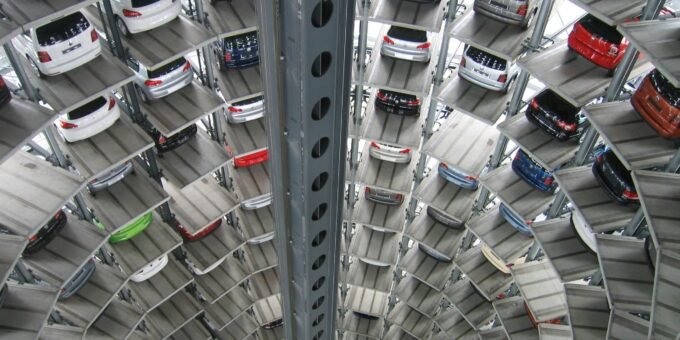
Fuel efficiency is more than just a buzzword; it is a lifeline in today’s world of rising fuel costs and climate concerns. Drivers are now looking for smarter ways to save fuel without sacrificing performance or convenience. This is where modern car technology steps in, reshaping how we drive, how we consume energy, and ultimately, how much we spend at the pump.
Every liter of fuel saved is not only money in your pocket but also a step toward reducing greenhouse gas emissions. With cutting-edge technologies, cars are now capable of delivering power while consuming less fuel. From hybrid engines to AI-driven driving assistance, saving fuel has never been easier—or smarter.
How to Save Fuel with Modern Car Technology
The real question many car owners ask is simple: How to save fuel with modern car technology? The answer lies in the convergence of engineering brilliance, digital innovations, and consumer behavior. Automakers are designing systems that make vehicles not only powerful but also leaner in energy consumption.
By integrating adaptive cruise control, stop-start systems, and intelligent navigation, today’s cars practically coach drivers into becoming more efficient. Meanwhile, innovations like lightweight materials and aerodynamic design ensure that every drop of fuel goes further.
Hybrid Engines for Maximum Efficiency
Hybrid engines are the unsung heroes of fuel savings. They merge traditional combustion engines with electric motors, striking a balance between power and economy. When you’re idling or cruising at low speeds, the electric motor takes charge. During acceleration or highway cruising, the gasoline engine steps in.
Drivers often find hybrids deliver remarkable mileage without the range anxiety associated with full EVs. Plug-in hybrids take this a step further by
FAQs
What modern car technology saves the most fuel?
Hybrid engines and start-stop systems are among the most effective technologies for saving fuel. Hybrids combine electric motors with traditional engines, significantly reducing fuel use, while start-stop systems automatically shut off the engine when idling, saving fuel during city driving.
Do electric vehicles completely eliminate fuel costs?
Yes, electric vehicles (EVs) eliminate traditional gasoline costs, but they still require electricity for charging. While charging costs are generally much lower than fuel, the total savings depend on electricity rates, charging infrastructure, and driving habits.
Can modern car technology improve fuel efficiency in older vehicles?
Not directly, since older vehicles may not support advanced features like cylinder deactivation or regenerative braking. However, drivers can still use fuel-tracking apps, eco-driving techniques, and external devices such as tire pressure monitors to improve efficiency.
Is turbocharging good for saving fuel?
Yes, modern turbocharging can improve fuel economy by allowing smaller engines to deliver more power. Instead of relying on larger, fuel-hungry engines, a turbocharged small engine provides the same performance with better efficiency.
How important is tire pressure in saving fuel?
Very important. Under-inflated tires increase rolling resistance, making the engine work harder and consume more fuel. Cars equipped with Tire Pressure Monitoring Systems (TPMS) help drivers maintain optimal inflation levels for both safety and efficiency.
Do eco-driving modes really make a difference?
Yes, eco-driving modes adjust throttle response, transmission shifts, and even air conditioning output to prioritize efficiency. While the savings may seem small per trip, they add up significantly over time, especially in city traffic.
You Can Also Read : How to Enhance Safety with Smart Car Technology
Modern car technology has revolutionized the way we think about fuel efficiency. Gone are the days when saving fuel meant only driving slower or cutting trips short. Today’s vehicles are engineered with innovations like hybrid powertrains, regenerative braking, start-stop systems, lightweight materials, and smart navigation tools—all designed to squeeze every ounce of performance out of every drop of fuel.
Yet, technology alone isn’t the full story. The driver remains a critical part of the equation. Adopting fuel-conscious habits, performing regular maintenance, and embracing eco-driving settings amplify the benefits of modern innovations. Businesses, too, are seeing tangible savings by equipping fleets with telematics and fuel-monitoring tools.
As electric vehicles and AI-driven systems become more mainstream, the road ahead looks brighter—and more efficient—than ever. The future isn’t just about cutting costs at the pump; it’s about reshaping transportation into something sustainable, smart, and aligned with global environmental goals.
By embracing the advancements available today, we’re not just saving fuel—we’re paving the way for a cleaner, greener driving experience.